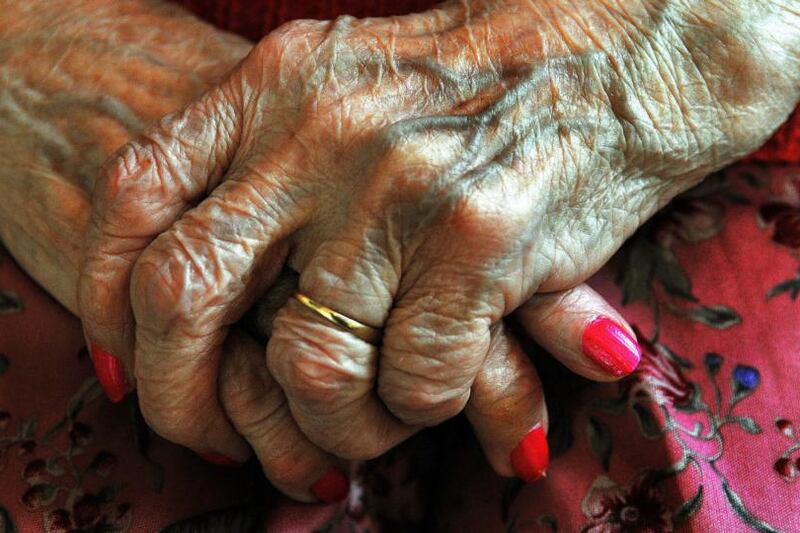My wife started work and paid contributions in 1974/75. She will be 67 years old in 2025.
Her PRSI contributions to date are: Reckonable Paid Contributions for Pensions (932) and Reckonable Credited Contributions for Pension (195), according to figures provided by Department of Employment Affairs and Social Protection.
There is a gap of three years where paid contributions are not recorded on the department’s records, despite the fact that she worked those years. The employers are now since deceased and the family business went into receivership in the early 2000s and there appears to be no record available and no one to help verify the fact that she worked during those years. Is there any special case that can be made to include these three full years stamps?
We had three children born 1983, 1985 and 1989. I realise there was a change in April 1994 where it was possible to discount up to 20 years, if my wife was homemaker looking after the children up to 12 years of age. My wife was homemaker from 1983 to 1996. My wife did have paid contributions from 1997 forwards.
Is it only possible to discount from 1994 onwards or can a case be made to include all period from 1983 to 1996? This is important as that might limit the period to be discounted when calculating the average.
Based on the details as they stand now, what do you think is the contributory OAP entitlement for my wife?
Mr J.H., email
We’ll go through the technicalities in a minute but, as you note in your final question, the real bottom line to people in your wife’s position is what pensions they will have when they do retire.
And in her case, the answer is that she should not worry. She is likely to qualify for a full State contributory pension.
For anyone retiring after 2020, the pension eligibility will be worked out on a simpler basis than now – the total contributions approach. The averaging system we currently operate will disappear and people will simply have to have 40 years of payments to secure a full pension. You will need 10 years of payments for a minimum payment.
Those who have retired since 2012 are currently having their cases reviewed to see if they would benefit from this new system. If so, they will be transferred to it, and their higher pension backdated to March last year.
Of course, your wife’s presumption of a full pension assumes that she continues to work between now and 2025 when she is due to turn 67.
The record you have sent me shows that, in recent years, she has either 52 paid or credited contributions a year. If she were to continue that pattern, she would actually have 2,167 contributions paid by the end of 2025.
That’s actually 87 stamps more than the 2,080 threshold needed for a full pension – 40 years x 52 stamps = 2,080 – so she would be able to ease off on the credited payments anyway as she nears retirement.
This means, of course, that she will not have to concern herself with the “missing” three years. Which is just as well.
I am familiar with this scenario as I have come across it before. The department’s viewpoint is black and white – if they don’t have a record of contributions, they don’t exist. I will return to this another day as I cannot understand how people who pay their PRSI (and income tax) through an employer should lose out because that employer does not process the payments as they should and Revenue does not ensure that they do. It seems unfair and possibly open to challenge.
But that's for another day: it shouldn't matter to your wife. Why? Because of the homemaker's credit.
As you say, as it stands, this credit was introduced in 1994. It applied to anyone taking time out of the workforce to care for a family member, generally up to the age of 12. Crucially, it applied only to years as a homemaker after the 1994 introduction.
It also worked by discounting those years from the current averaging system. Post-2020, these years will be subject to PRSI credits and, more importantly, the 1994 break-off point will no longer exist.
This means your wife will get credit for the full 13 years she took out of the workforce to rear your young family.
We do still have to wait for the enabling legislation to amend the homemaker’s credit, and indeed, the new total contributions approach before we can say for certain how the whole thing will work. It seems you will be able to claim 10 years credited payment and 20 years homemaker credit. What’s not clear is whether there will be some upper limit on credited contributions regardless where they come from.
But that’s unlikely to affect your wife whose total credits will amount to less than 17 years. Any limit cannot be less than the 20 years permitted under the redesigned homemaker’s credit.















